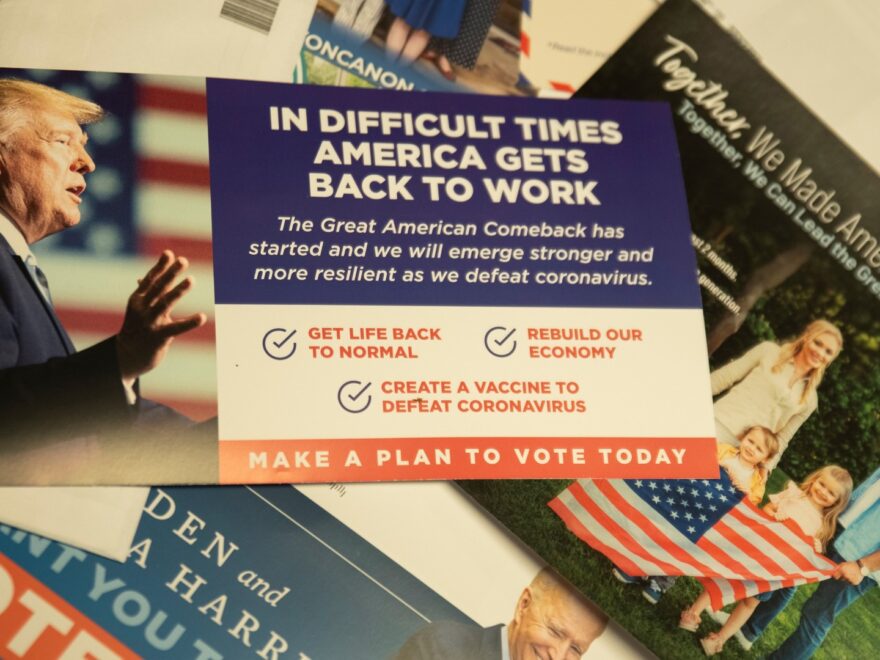In the dynamic landscape of political campaigning, the strategic use of print media plays a pivotal role in swaying public opinion and gaining voter support. Particularly, cards for political advertising have emerged as a critical tool in this arena. Their tangible nature, coupled with creative design and targeted messaging, makes them an indispensable asset for any political campaign aiming for a significant impact.
Understanding the Impact of Political Cards in Campaigns
Political cards, often referred to as campaign cards, serve as a physical reminder of a candidate’s message, values, and promises. Unlike digital ads that might be quickly scrolled past, these cards hold a lasting presence in the hands of voters. The key to their effectiveness lies in their ability to connect on a personal level, something digital platforms often struggle to achieve.
Design and Message: The Heart of Effective Campaign Cards
The design of a political printed card is not merely about aesthetics; it’s a strategic decision that can make or break the campaign’s outreach efforts. A well-designed card should encapsulate the candidate’s brand identity, be visually appealing, and convey the core message succinctly. The use of colors, imagery, and typography needs to be aligned with the campaign’s overall tone and message. Moreover, the content of the card must be clear, concise, and compelling, encouraging voters to take a specific action, whether it’s voting, attending a rally, or supporting a cause.
Targeted Distribution: Maximizing Reach and Influence
The distribution of campaign cards should be as targeted as the message they carry. Identifying key demographics, regions, and even specific events where potential supporters gather can significantly increase the impact of these cards. Handing them out at rallies, community events, and high-traffic public spaces ensures they reach hands that are likely to value them.
Integrating with Digital Strategies for a Comprehensive Campaign
While the focus here is on print media, it’s crucial to acknowledge the power of integrating these physical elements with digital strategies. A QR code on a political card that leads to a digital platform, such as the candidate’s website or social media page, can create a seamless connection between the physical and digital realms. This integration not only broadens the reach but also caters to a wider demographic, leveraging the strengths of both print and digital mediums.
Sustainability in Political Print Media
In today’s environmentally conscious world, the sustainability of print materials is a growing concern. Campaigns can demonstrate their commitment to environmental stewardship by using recycled materials and eco-friendly inks. This not only reduces the ecological footprint but also resonates with voters who prioritize environmental issues.
Measuring the Impact: Analytics and Feedback
To continuously improve the effectiveness of campaign cards, it’s essential to gather feedback and analyze their impact. This can be done through surveys, social media engagement, or tracking the response to QR codes. Understanding what resonates with the audience can help refine future print media strategies.
The Future of Print Media in Political Campaigns
As digital platforms become increasingly saturated, the unique appeal of print media is being rediscovered. In the context of political campaigns, cards offer a personal touch that can complement digital efforts, creating a well-rounded campaign strategy. Their role is evolving, but their impact remains undiminished.
Custom Cards vs Custom Stickers
In the realm of political advertising, the choice between custom cards and custom stickers hinges on the campaign’s specific outreach strategies and goals. Custom cards in political contexts are typically utilized for direct voter communication, offering a more formal and detailed medium to convey a candidate’s policies, beliefs, or event details. Their larger format allows for a comprehensive presentation of information, making them ideal for targeted mail campaigns or handouts at structured events like rallies or town halls.
Conversely, custom stickers are an informal yet powerful tool for building brand recognition and solidarity among supporters. Many people ask, how much do custom stickers cost? The bottom line is that they are generally very cheap when buying in bulk. Plus, due to their adhesive and portable nature, they can transform any surface into a mobile billboard, spreading the campaign’s message in public spaces, on personal items, and in community hubs. Stickers tend to be more graphic-focused, requiring less textual content, which makes them ideal for slogans, logos, or simple messages that resonate with a broad audience. While custom cards are effective for detailed, targeted messaging, custom stickers offer a dynamic way to increase visibility and grassroots support in a variety of everyday contexts. You can put stickers on anything.
Conclusion
In conclusion, the strategic use of cards in political advertising offers a unique and personal way to connect with voters, complement digital efforts, and leave a lasting impression. As political campaigns continue to evolve, the integration of innovative design, targeted distribution, and sustainability considerations will be key to leveraging print media effectively.
